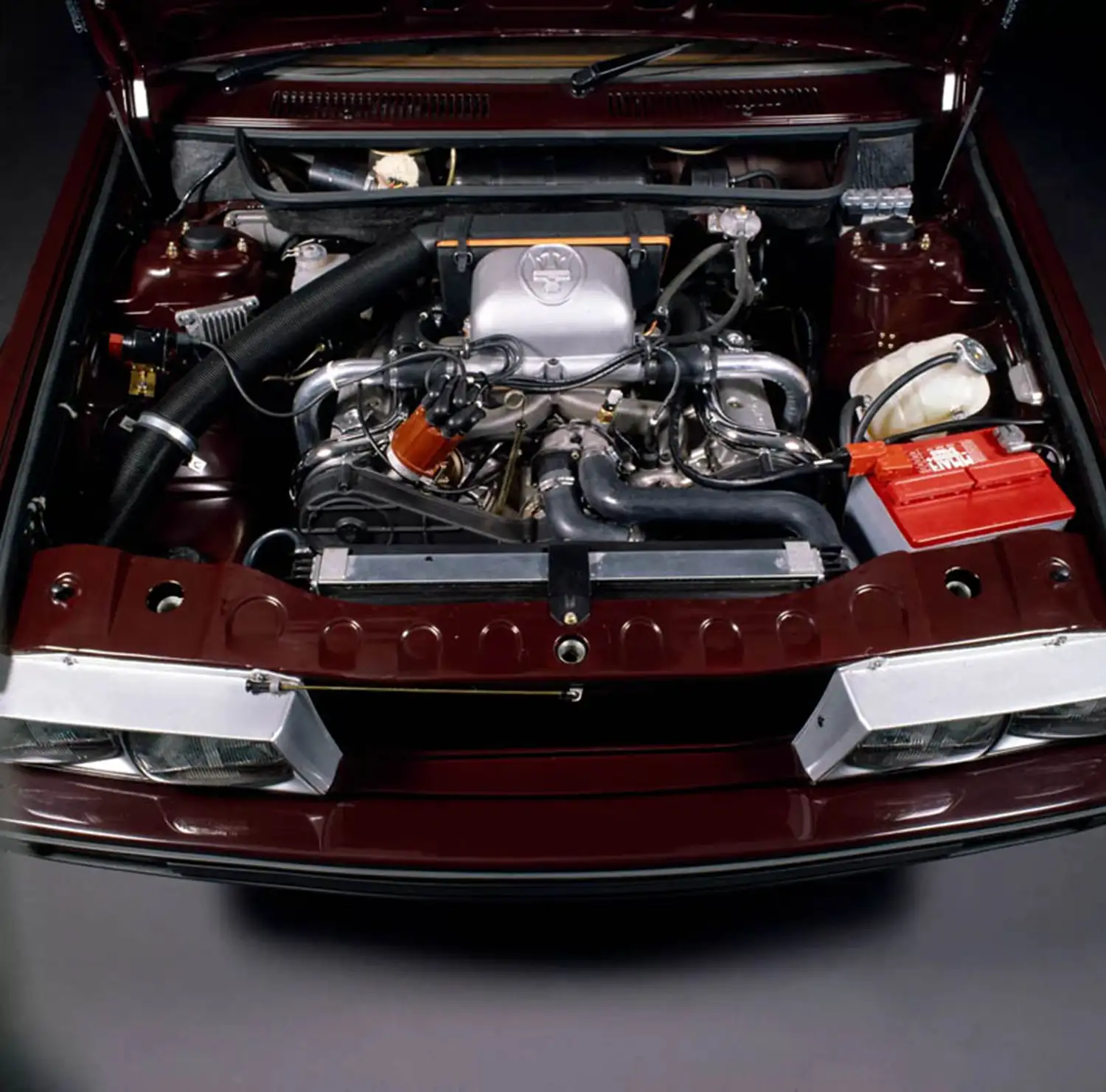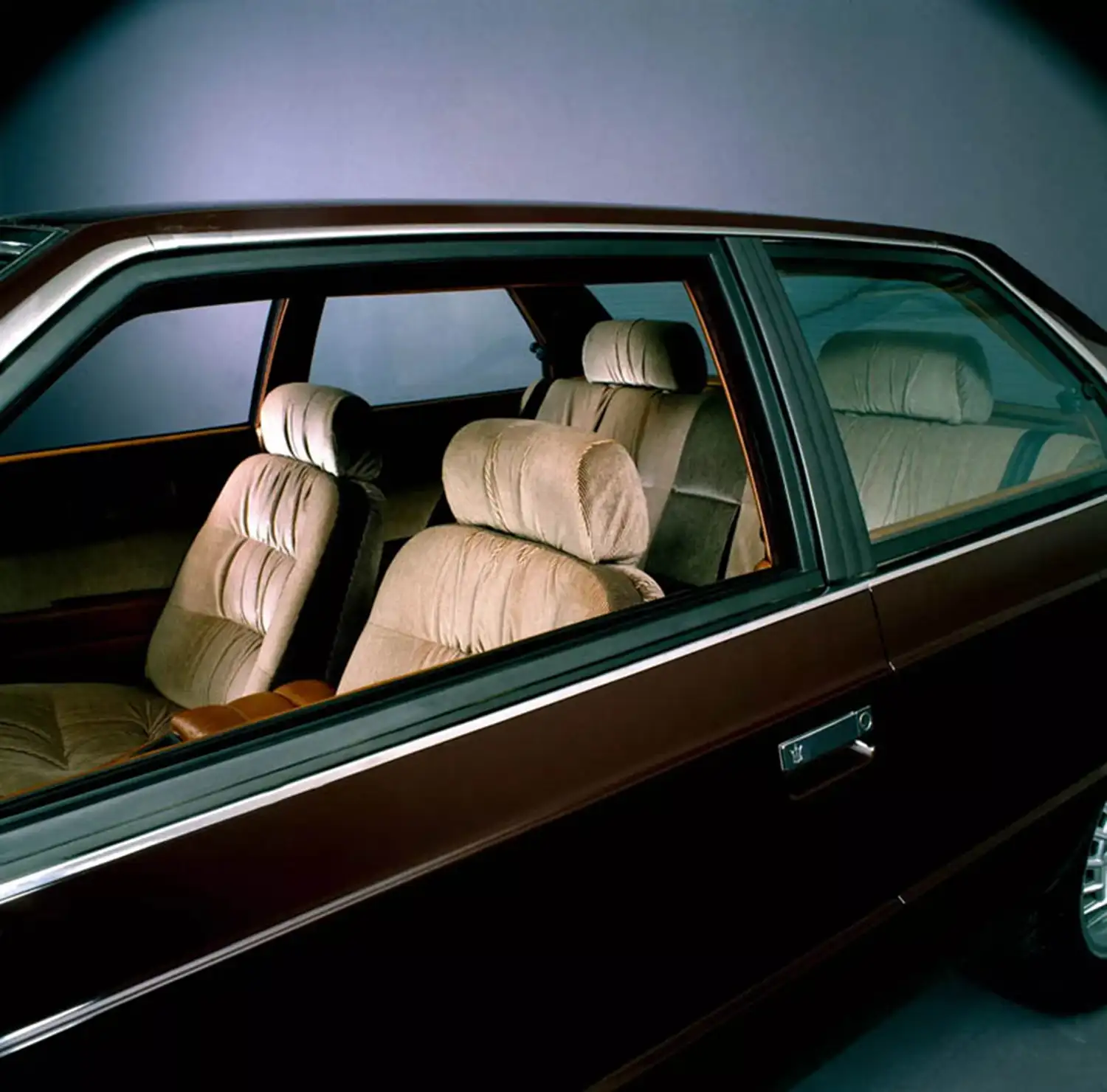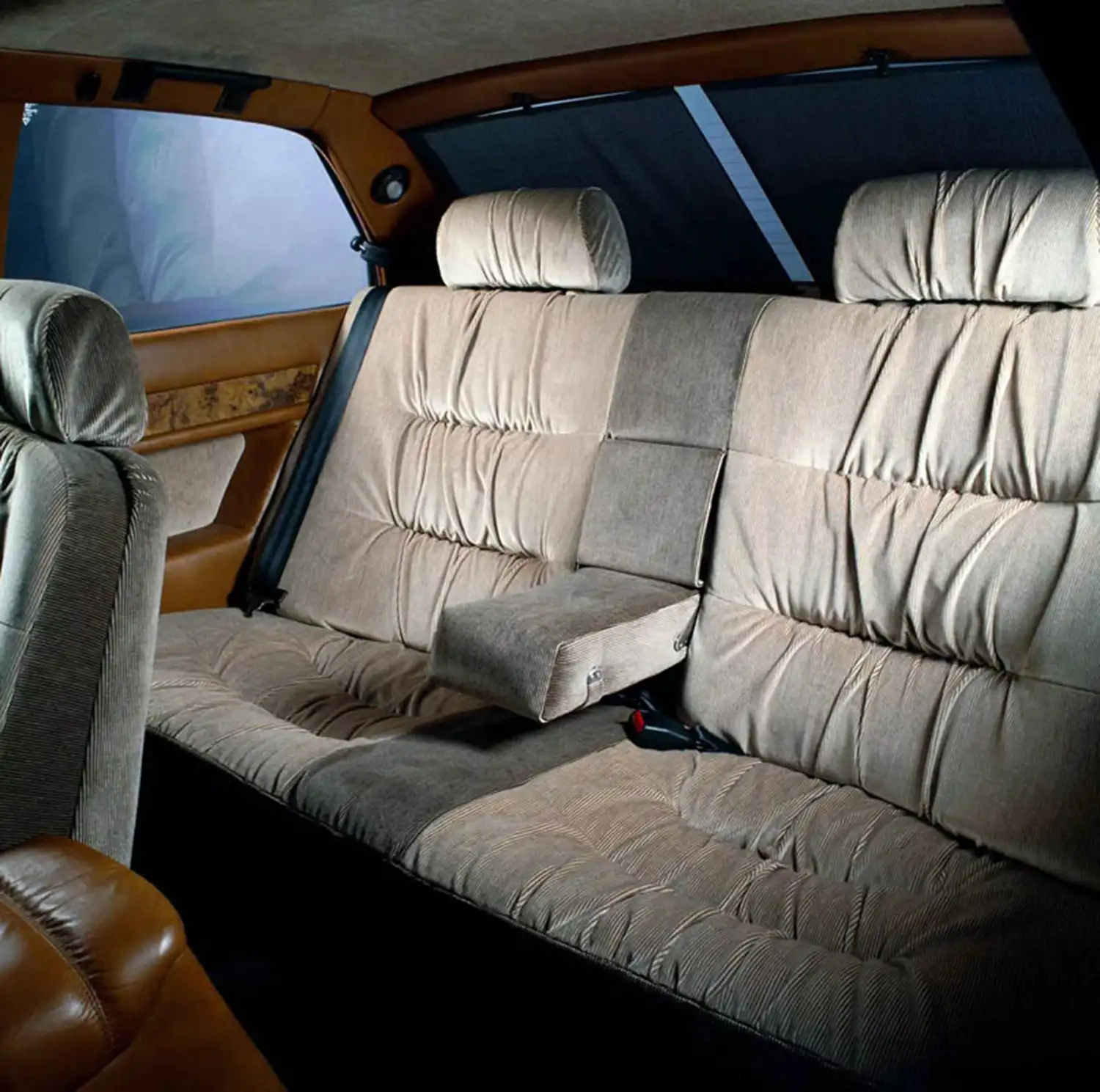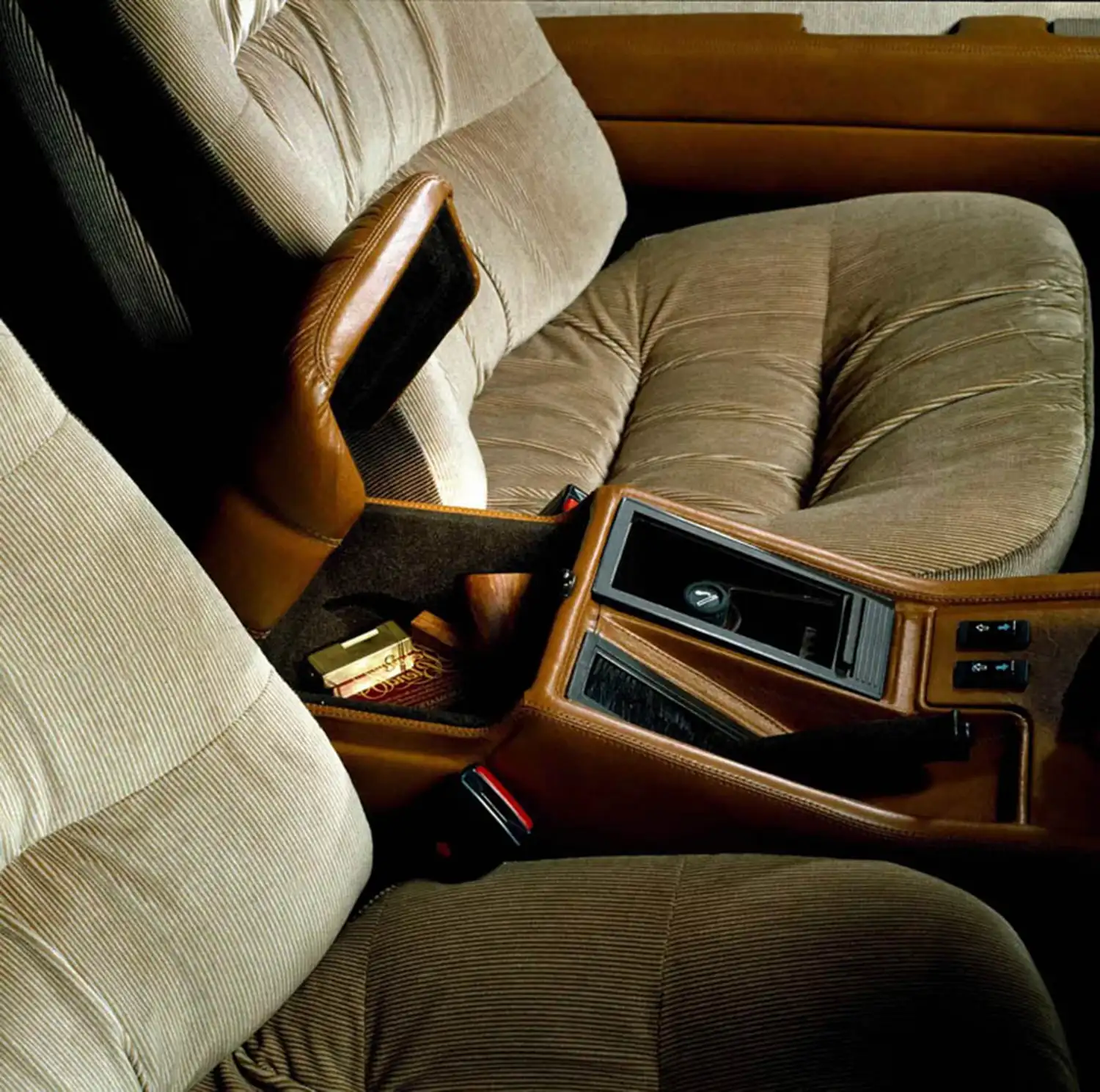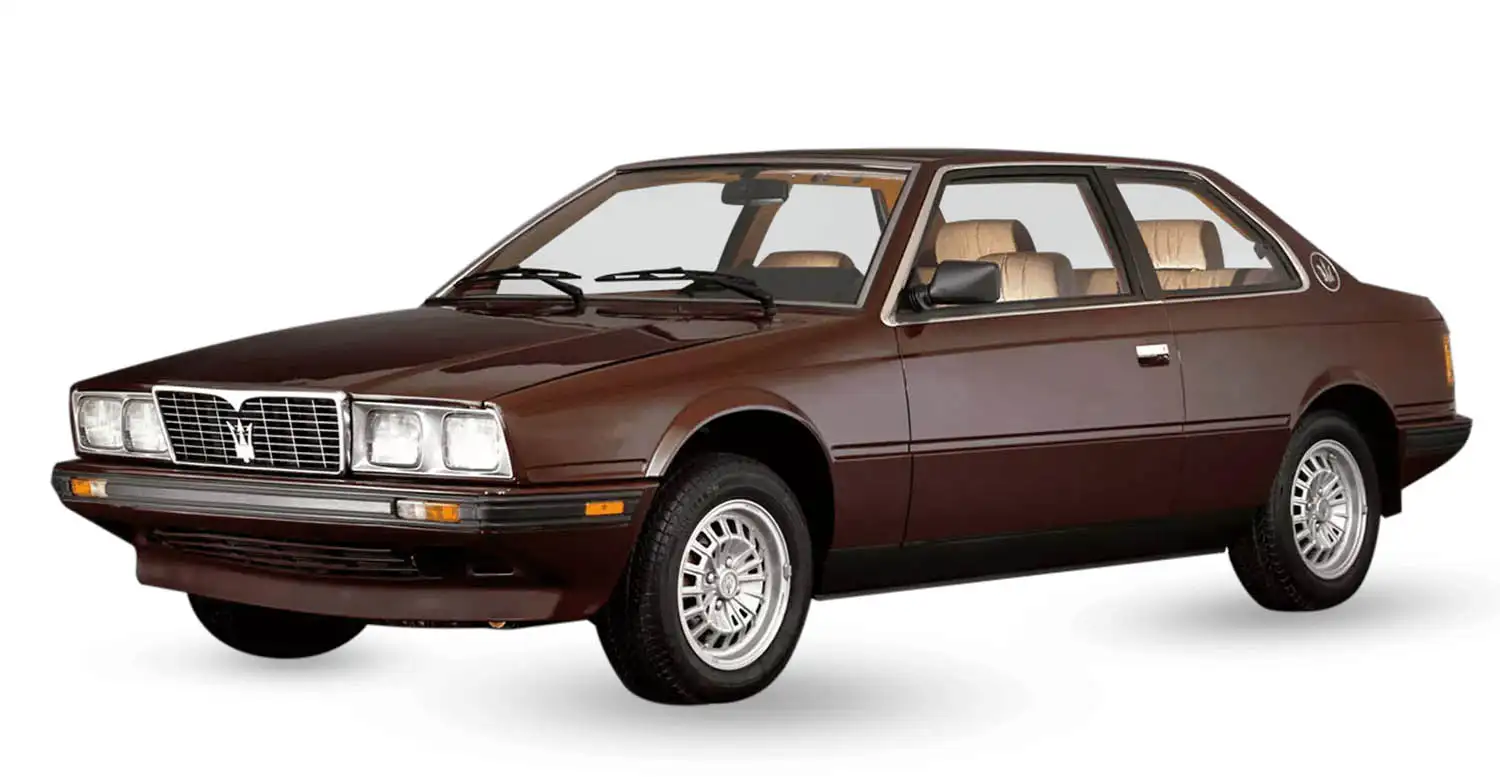
In December 1981, Maserati entered a transformative era with the introduction of the Biturbo, a groundbreaking model that redefined the brand’s approach to performance and accessibility. Spearheaded by company owner Alejandro De Tomaso, the Biturbo was envisioned as a sporty coupe that would expand Maserati’s market reach with top-tier performance and a competitive price—a bold strategy aimed at attracting new customers to the marque.
The Biturbo Engine: A Revolutionary Design
At the heart of the Biturbo was a revolutionary engine that set new standards in the automotive world. The Biturbo’s engine was a compact 90-degree V6, distinguished by its innovative induction system featuring two small turbochargers. This design was a world’s first for a production car, showcasing Maserati’s commitment to engineering excellence and innovation.
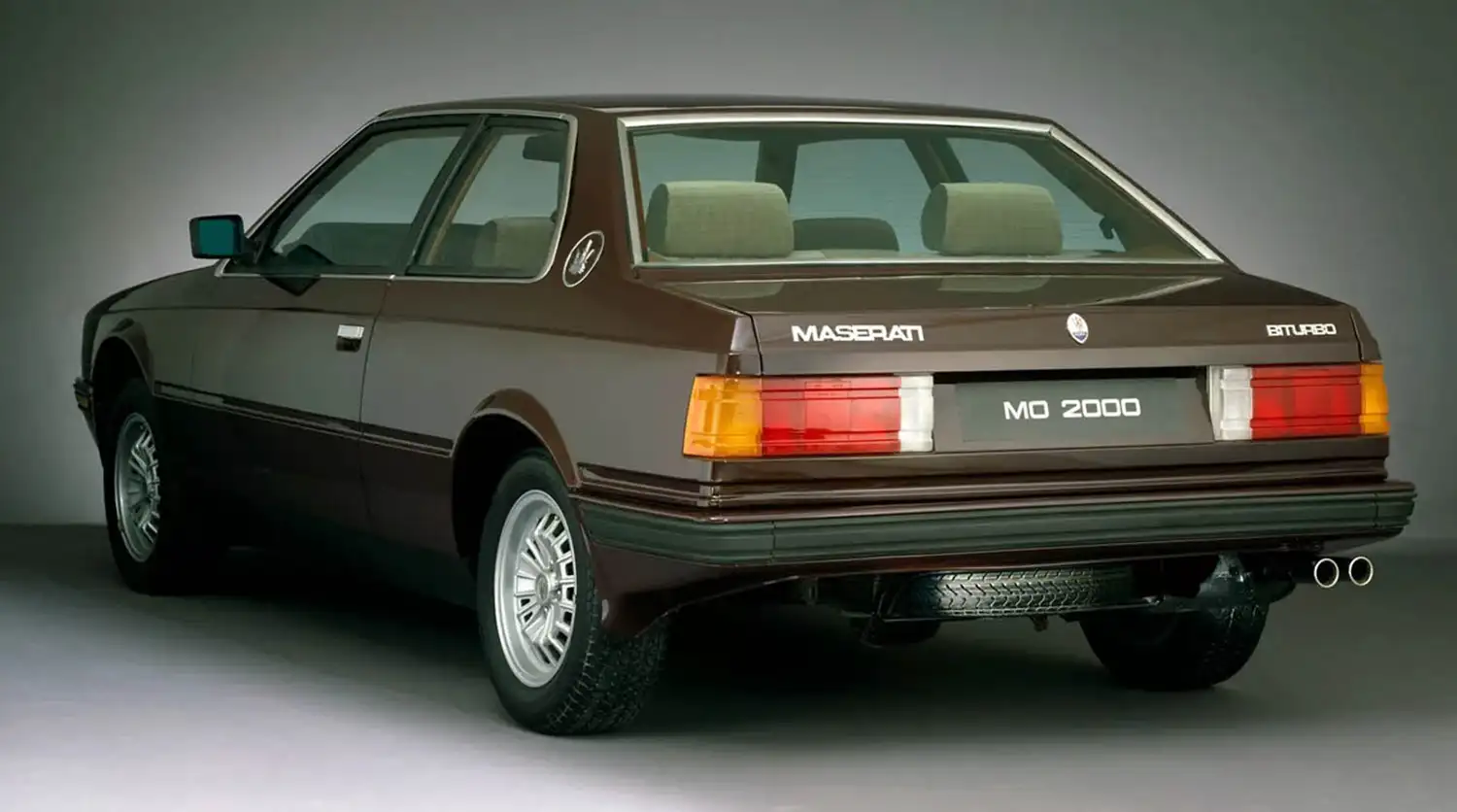
The engine’s configuration included three valves per cylinder (two intake and one exhaust) and a single overhead camshaft, with the twin-turbo setup boosting the engine’s performance significantly. The initial version of the Biturbo delivered an impressive 180 horsepower at 6,000 rpm, propelling the car to a top speed of 215 km/h.
Biturbo’s Success and Evolution
The Maserati Biturbo quickly became a success, thanks to its exceptional performance and luxurious interior. However, the high demand for the first-generation models tested the factory’s production capacity, highlighting the car’s popularity and the brand’s ambitious vision.
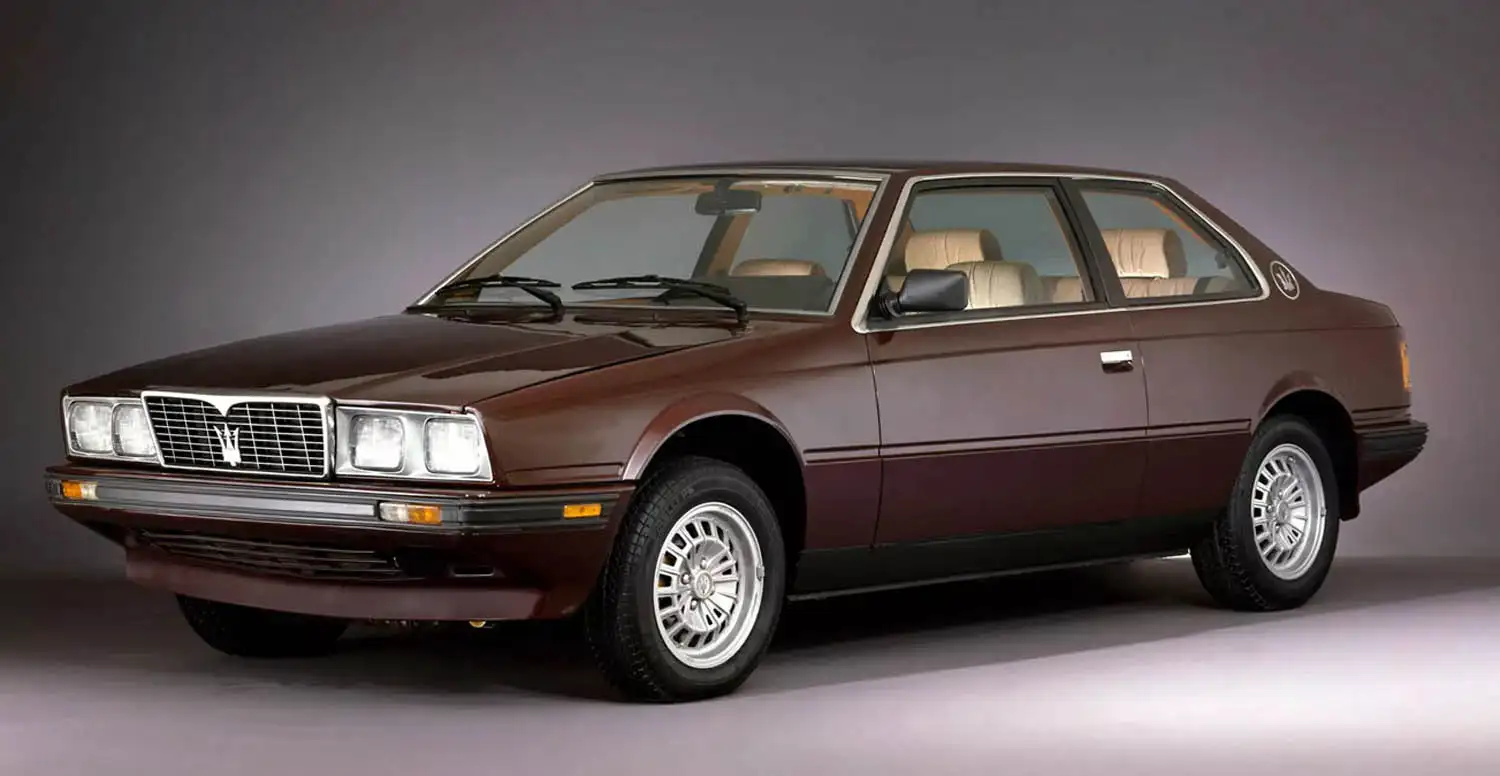
In 1983, Maserati introduced the more powerful Biturbo S, which featured twin intercoolers and was easily recognizable by the two NACA air ducts on its hood. This enhancement further elevated the car’s performance and appeal. The evolution continued with the introduction of fuel injection in 1986 and 1987, resulting in the Biturbo i and Biturbo Si variants, which offered improved efficiency and power delivery.
Key Specifications
- Production Years: 1982 – 1985
- Displacement: 1,996 cc
- Top Speed: 215 km/h
- Model Code: Tipo AM331
- Body Type: 2-door, 5-seater three-box coupé
- Design: Pierangelo Andreani
- Number Produced: 11,919 (all variants)
- Chassis: Monocoque steel construction
- Dry Weight: 1,086 kg
- Engine Configuration: 90° V6, three valves per cylinder, single overhead camshaft, twin-turbo
- Maximum Power: 180 hp @ 6,000 rpm
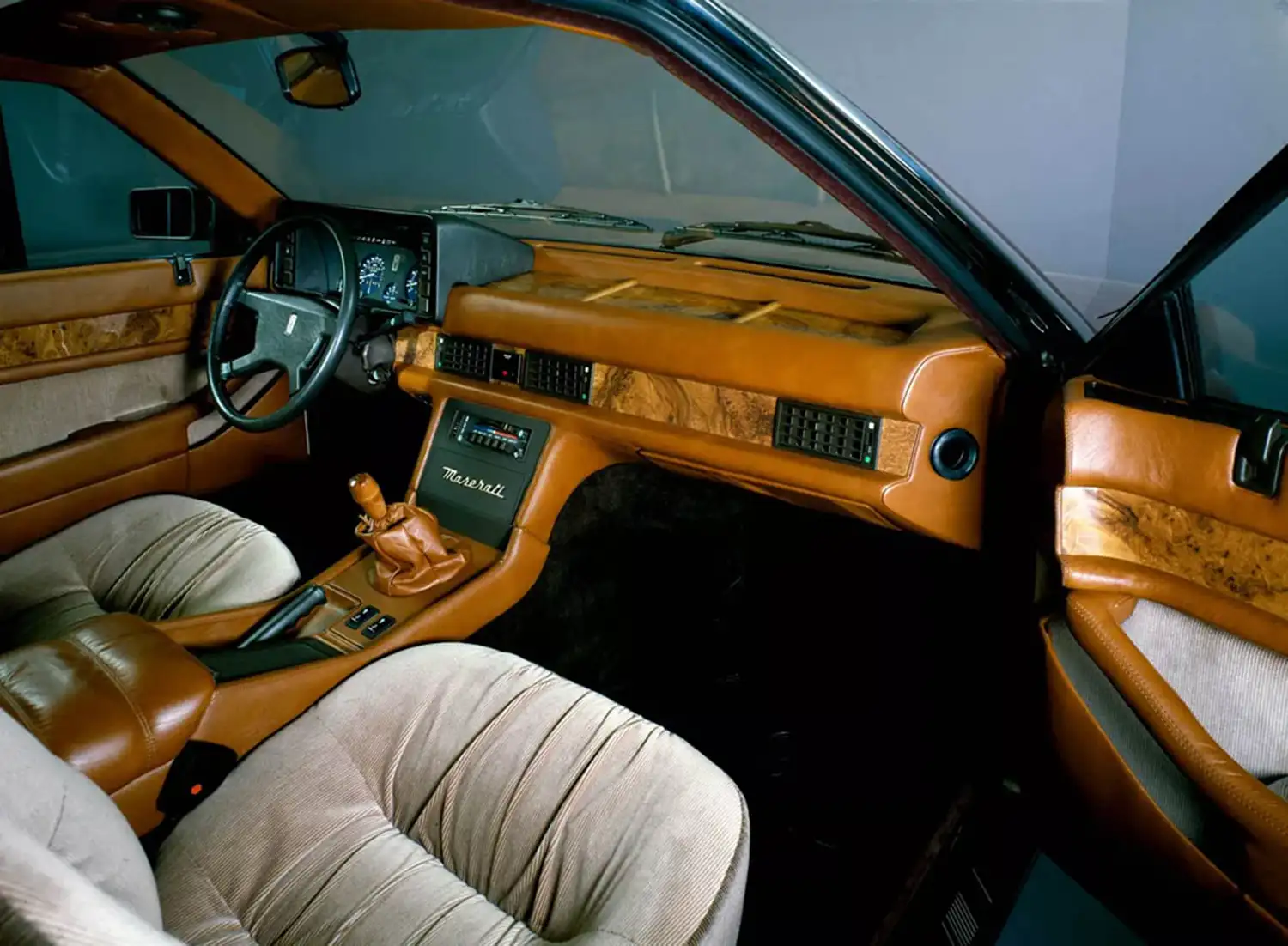
Legacy of the Biturbo
The Maserati Biturbo’s introduction marked a significant milestone in the company’s history, blending cutting-edge technology with luxurious design. Its success paved the way for future innovations and solidified Maserati’s reputation as a manufacturer of high-performance, elegant vehicles. The Biturbo remains a testament to the brand’s dedication to pushing the boundaries of automotive engineering and design.
Source: Maserati
This Article use tools from Chatgpt
